How To Use A Usb Microphone On Iphone ?
To use a USB microphone on an iPhone, you will need a Lightning to USB adapter. This adapter allows you to connect your USB microphone to your iPhone's Lightning port. Once you have the adapter, simply plug your USB microphone into the adapter and connect the adapter to your iPhone.
Next, you will need to select the USB microphone as your audio input device in your iPhone's settings. To do this, go to Settings > General > Accessibility > Hearing Devices > Audio Accessibility Settings > Input Devices. From there, select your USB microphone as the input device.
Once you have selected your USB microphone as the input device, you can use it to record audio or use it for voice calls. Keep in mind that not all USB microphones are compatible with iPhones, so be sure to check the compatibility before purchasing.
1、 Check compatibility with iPhone
Check compatibility with iPhone. Before using a USB microphone on your iPhone, it is important to check if your microphone is compatible with your device. Some USB microphones may not work with iPhones, so it is important to check the specifications of your microphone and your iPhone to ensure compatibility.
If your microphone is compatible with your iPhone, you can use it by connecting it to your device using a Lightning to USB adapter. This adapter allows you to connect USB devices to your iPhone, including microphones.
Once you have connected your USB microphone to your iPhone, you may need to adjust your audio settings to ensure that your microphone is selected as the input device. To do this, go to Settings > General > Accessibility > Hearing Devices and select your microphone from the list of available devices.
It is also important to note that some USB microphones may require additional software or apps to work with your iPhone. Check the manufacturer's website or the App Store to see if there are any specific apps or software that you need to download to use your microphone with your iPhone.
In conclusion, using a USB microphone on your iPhone can be a great way to improve the audio quality of your recordings or live streams. However, it is important to check compatibility and adjust your settings accordingly to ensure that your microphone works properly with your device.

2、 Connect USB microphone to iPhone using adapter
Connect USB microphone to iPhone using adapter. To use a USB microphone on an iPhone, you will need to purchase a Lightning to USB adapter. This adapter allows you to connect your USB microphone to your iPhone's Lightning port. Once you have the adapter, simply plug your USB microphone into the adapter and then plug the adapter into your iPhone.
It's important to note that not all USB microphones are compatible with iPhones, so be sure to check the manufacturer's specifications before purchasing. Additionally, some USB microphones may require additional power, which can be provided through a separate power source or a powered USB hub.
Using a USB microphone on an iPhone can be a great option for recording high-quality audio on the go. Whether you're a podcaster, musician, or journalist, having the ability to record professional-grade audio with your iPhone can be a game-changer. With the right adapter and microphone, you can capture clear, crisp audio that rivals that of a traditional recording studio.
As technology continues to advance, it's likely that we will see even more options for using USB microphones with iPhones and other mobile devices. Whether you're a professional or a hobbyist, the ability to record high-quality audio on the go is a valuable tool that can help you take your work to the next level.
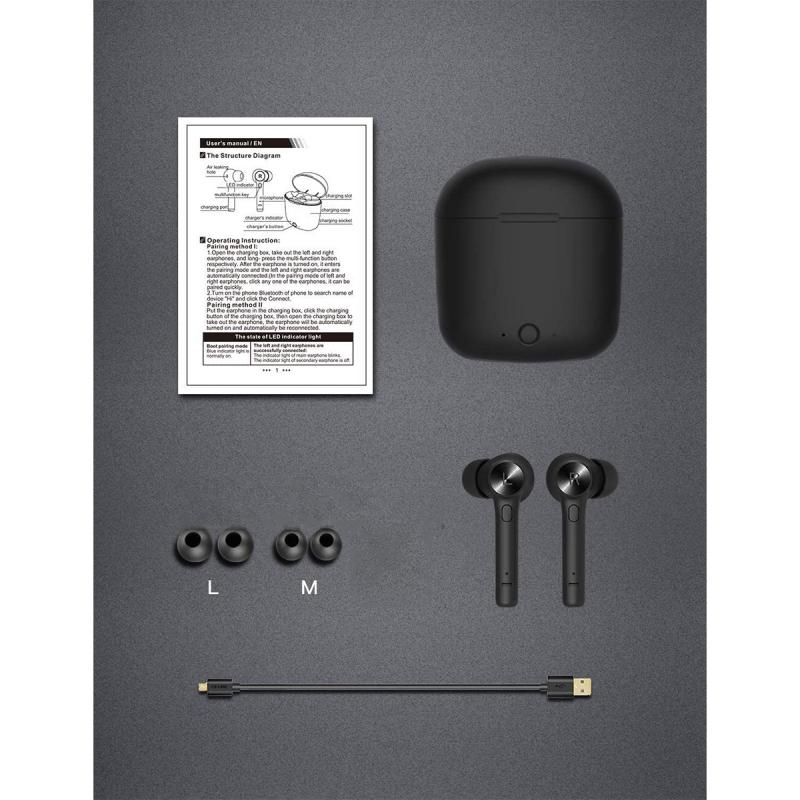
3、 Allow microphone access in settings
To use a USB microphone on an iPhone, you will need to follow a few simple steps. First, you will need to ensure that your USB microphone is compatible with your iPhone. Most USB microphones are compatible with iPhones, but it's always best to check the manufacturer's website to be sure.
Once you have confirmed that your USB microphone is compatible with your iPhone, you will need to connect it to your iPhone using a Lightning to USB adapter. This adapter can be purchased from Apple or from third-party retailers.
After connecting your USB microphone to your iPhone, you will need to allow microphone access in settings. To do this, go to Settings > Privacy > Microphone and toggle on the switch next to the app you want to use the microphone with.
It's important to note that not all apps will support USB microphones. However, many popular recording and streaming apps, such as GarageBand and Twitch, do support USB microphones.
In the latest point of view, with the release of iOS 14, Apple has made it even easier to use a USB microphone on an iPhone. The new operating system includes a feature called "Back Tap" that allows users to assign a double or triple tap on the back of their iPhone to perform certain actions, such as launching an app or starting a recording. This feature can be used to quickly launch a recording app and start recording with your USB microphone.
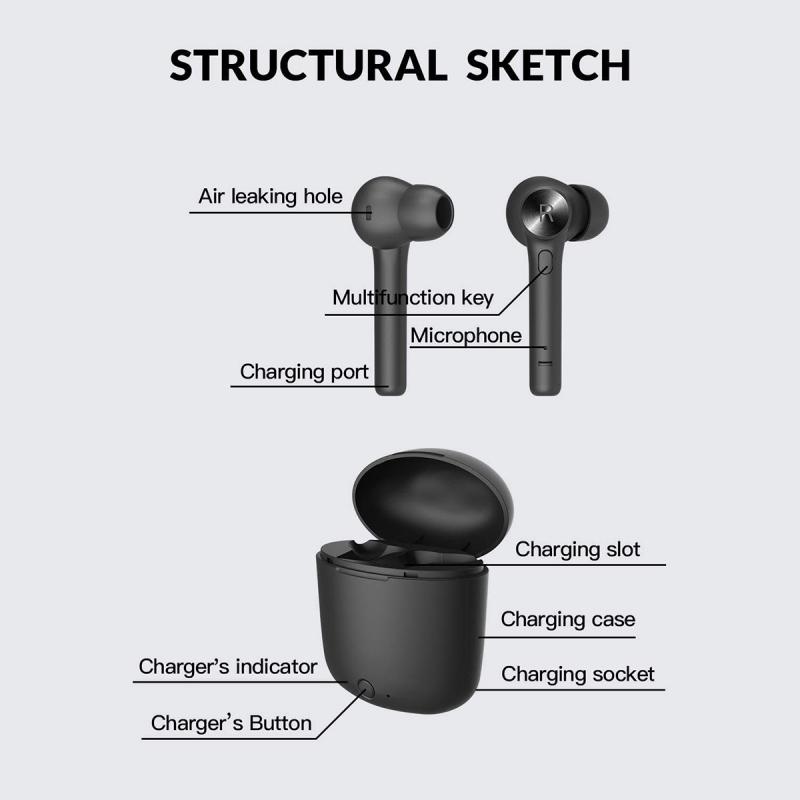
4、 Select microphone as input source in recording app
To use a USB microphone on an iPhone, you will need a Lightning to USB adapter. Once you have the adapter, follow these steps:
1. Connect the USB microphone to the Lightning to USB adapter.
2. Connect the Lightning to USB adapter to your iPhone.
3. Open the recording app you want to use.
4. Select the USB microphone as the input source in the recording app.
It's important to note that not all USB microphones are compatible with iPhones. Make sure to check the microphone's compatibility before purchasing.
Additionally, the latest iPhones (iPhone 7 and newer) no longer have a headphone jack, which means you will need to use a Lightning to headphone jack adapter if you want to monitor your audio through headphones while recording with a USB microphone.
Using a USB microphone with an iPhone can be a great option for recording high-quality audio on-the-go. It's especially useful for podcasters, musicians, and journalists who need to record interviews or performances outside of a studio setting. With the right equipment and setup, you can achieve professional-level audio recordings with just your iPhone and a USB microphone.
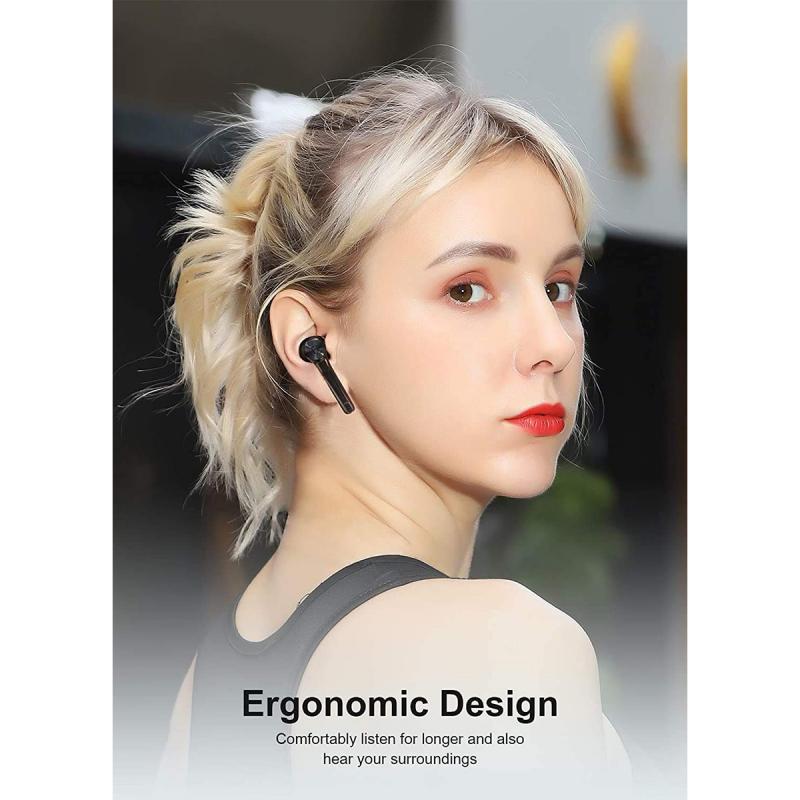



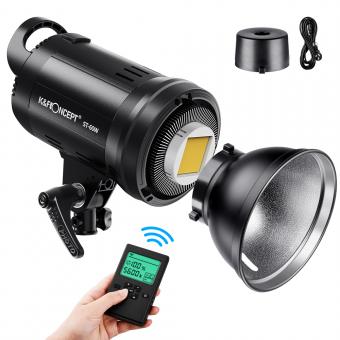
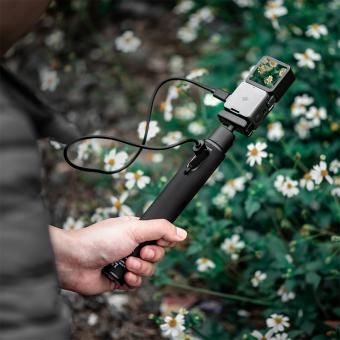


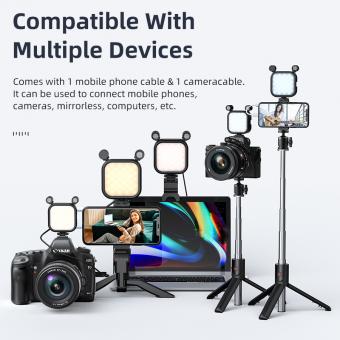
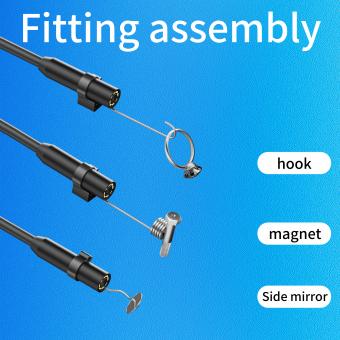
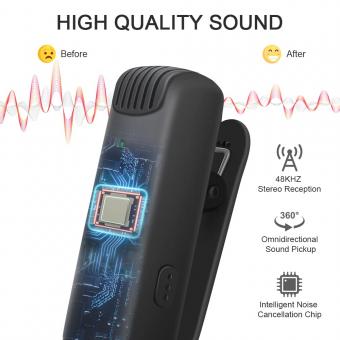


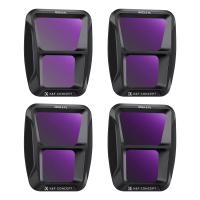
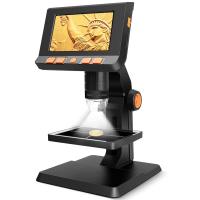
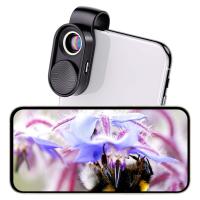



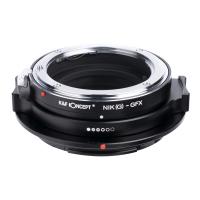
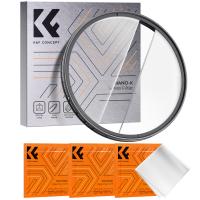
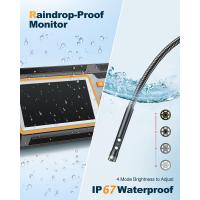
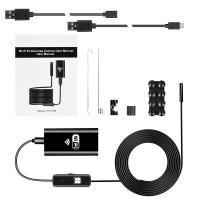
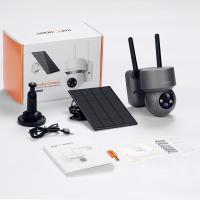
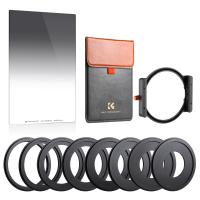
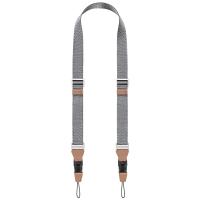
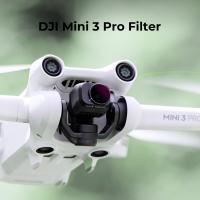
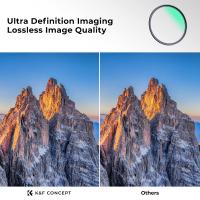


There are no comments for this blog.